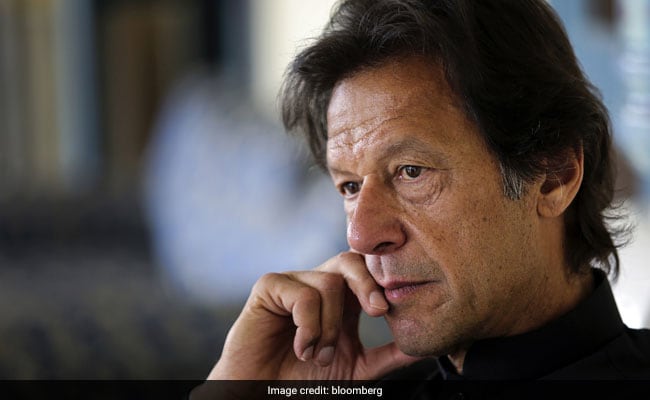The economic condition of Pakistan has not been good in the last few months. The prime minister of the country is touring around the world with a begging bowl to repay the debts. Three friendly countries – China, UAE and Saudi Arabia has contributed 2.5, 1, and 1 billion dollars respectively to help the debt-ridden country. However the debt of Pakistan is so high that it will need 50 billion dollars in the next two years to escape from any default on payments obligations, said Shahid Kardar, former governor of the central bank.
The external debt and liabilities is around 100 billion dollars. The external debt to GDP ratio of Pakistan is 36 percent against 20 percent of India. Pakistan has only few friends left in the international arena to help the country. China, the all-weather ally has become bailout god for Pakistan, it has given 4.2 billion dollars since July last year. However, the money coming from China is not enough to pull the country out of debt and the country is seeking expensive commercial loans. The global lending institutions like World Bank, Asian Development Bank and IMF have been apprehensive to bail out Pakistan.
The economic growth of Pakistan in the current fiscal year (ending on July 2019) is expected to be seven-year low somewhere around 3 percent. The yearlong inflation is estimated between 6 to 7 percent. The inflation in the country is rising faster than GDP growth which means per capita income of people in the current fiscal year is expected to fall. The heavy borrowing from the central bank, exuberant currency printing and war tensions are reasons behind the rise in inflation rate.
The GDP growth in the country is led by consumption with its share in the economy rising from 91.8 percent in FY14 to 94.5 percent in FY18. The share of investment in the economy of Pakistan is very low which means that the economy will not be on the good growth trajectory in the upcoming years. The tax to GDP ratio fell below 13 percent despite the government’s effort to crack down on corruption.
The fiscal deficit of the country is around 2300 billion Pakistani rupees or 6.6 percent of GDP. The currency of Pakistan has shed a quarter of its value and exports did not increase even after this. The Current Account Deficit (CAD) of Pakistan was just 2.5 billion in 2018 and increased to 19 billion dollars in 2018. The Pakistani government has debt obligations worth 9 billion dollars in short term and if the IMF refuses to bail out the debt-ridden government, the country would be declared bankrupt. Pakistan is seeking an 8 billion dollar bailout package from IMF to repay its debt obligations.
For years the country has used its strategic geopolitical location to get money from the United States. Pakistan has become a pawn in the hands of the US in its proxy war with USSR. For years, the US pumped billions of dollars in Pakistan as financial and military aid. In the post-cold war world, it allied with China due to their mutual fear of India. But as economic clout of China grew over the years, the relationship of equals became like that of a colonial subject and master.








